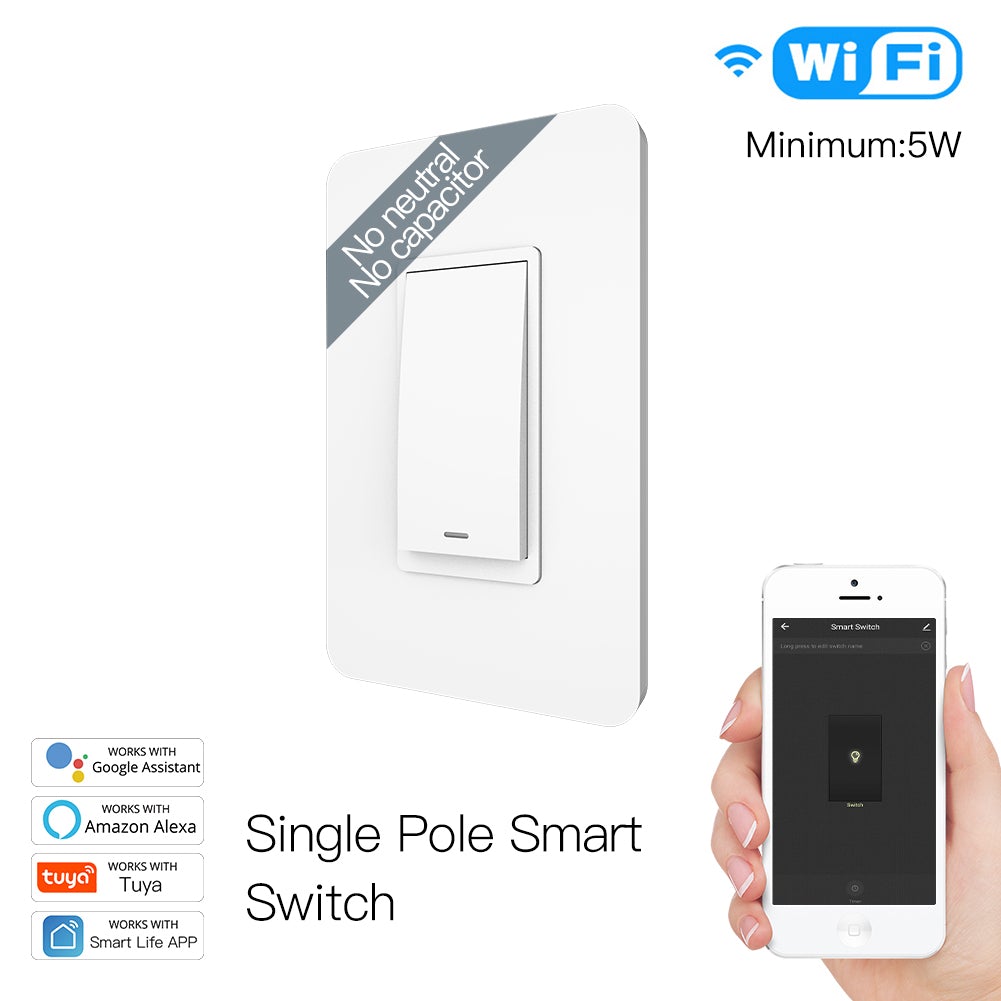Hi folks,
Looking for some advice with a smart switch selection and install. My ultimate objective is to turn on my pool and spa lights with a fixed schedule. It is a high want to have the flexibility to control each light with an independent switch in case I only want to light up the spa for example. I currently have 2 standard toggle switches with no neutral. The lights are connected to GFCI.
I recently installed 2 LED pool lights, one for the spa and one for the pool. The spa light is 120V and 6W; the pool light is 120V and 35W. I was about ready to purchase the GE CYNC until I read that it requires a minimum of 15W. If less than 15W, GE recommends installing an included bulb adapter.
1) Are there any issues you see if I go down this route of using two GE CYNC switches and using the bulb adapter for the spa light?
2) My 2nd option is to go with two Lutron no neutral switches (PD-6WCL), but I lack the confidence that they will work with my Pureline LED lights.
3) Do you have any other suggestions that I have not considered?
Thanks
GE CYNC: GE CYNC Smart Switch, No Neutral Wire Required, On-Off Paddle Style with Bluetooth and 2.4 GHz WiFi, Alexa and Google Home Compatible without a Hub...
Looking for some advice with a smart switch selection and install. My ultimate objective is to turn on my pool and spa lights with a fixed schedule. It is a high want to have the flexibility to control each light with an independent switch in case I only want to light up the spa for example. I currently have 2 standard toggle switches with no neutral. The lights are connected to GFCI.
I recently installed 2 LED pool lights, one for the spa and one for the pool. The spa light is 120V and 6W; the pool light is 120V and 35W. I was about ready to purchase the GE CYNC until I read that it requires a minimum of 15W. If less than 15W, GE recommends installing an included bulb adapter.
1) Are there any issues you see if I go down this route of using two GE CYNC switches and using the bulb adapter for the spa light?
2) My 2nd option is to go with two Lutron no neutral switches (PD-6WCL), but I lack the confidence that they will work with my Pureline LED lights.
3) Do you have any other suggestions that I have not considered?
Thanks
GE CYNC: GE CYNC Smart Switch, No Neutral Wire Required, On-Off Paddle Style with Bluetooth and 2.4 GHz WiFi, Alexa and Google Home Compatible without a Hub...



